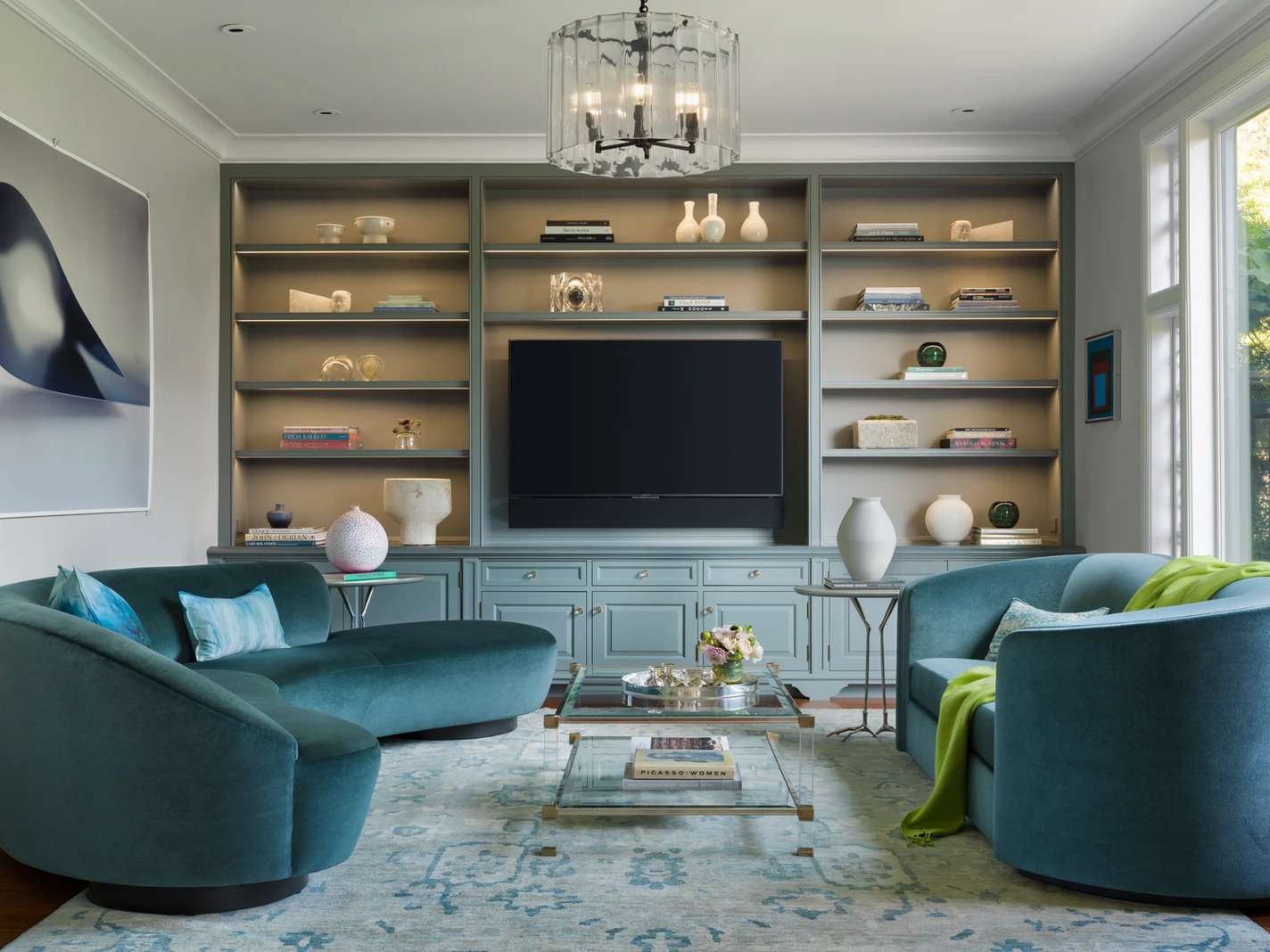

Articles
Where To Put A TV In A Small Living Room
Modified: January 6, 2024
Discover smart strategies for placing a TV in your compact living room. Read our articles for expert tips on optimizing space without compromising on style.
(Many of the links in this article redirect to a specific reviewed product. Your purchase of these products through affiliate links helps to generate commission for Storables.com, at no extra cost. Learn more)
Introduction
Welcome to our guide on where to put a TV in a small living room. With limited space, it can be challenging to find the perfect spot for your television. However, with careful planning and consideration, you can create an optimal setup that enhances both functionality and aesthetics in your living space.
When determining the placement of your TV, there are several factors to take into account. These include the size of your living room, the layout of furniture, the viewing angle, and the overall design of the room. By considering these factors, you can find the best position that ensures optimal viewing pleasure, comfortable seating, and a seamless integration into your living room’s decor.
Throughout this article, we will explore various options for placing the TV in a small living room. We will discuss the benefits and considerations of each option, allowing you to make an informed decision based on your specific needs and preferences.
Key Takeaways:
- Optimize your small living room by considering factors like room size, layout, and viewing angle when deciding where to place your TV. Choose from options like wall mounting, using a media console, or creating a TV nook for a personalized and functional setup.
- Enhance your small living room with a TV setup that seamlessly integrates into your decor while providing optimal viewing pleasure. Consider options like hanging the TV from the ceiling, using a TV stand or cart for flexibility, or incorporating the TV into a built-in shelving unit for a customized and stylish look.
Factors to consider when deciding where to put a TV in a small living room
Before diving into the specific options for placing your TV in a small living room, it’s important to consider a few key factors. These factors will help guide your decision-making process and ensure that you create a setup that meets your needs and maximizes the functionality of your space. Let’s explore these factors in more detail:
- Size and layout of the room: Take into account the size of your living room and its layout when deciding where to place the TV. Consider the available wall space, the placement of windows and doors, and the distance between the seating area and the TV. You want to ensure that the TV is easily visible from all seating positions.
- Viewing angle: The viewing angle plays a crucial role in determining the comfort and viewing experience. Ideally, the TV should be positioned at eye level or slightly below eye level when seated. This ensures that you won’t strain your neck or eyes while watching TV for an extended period.
- Furniture arrangement: Consider the placement of the furniture in your living room and how it fits in with your TV placement. Ensure that there is enough space for seating and that the TV doesn’t obstruct any pathways or create an uncomfortable viewing experience.
- Lighting conditions: Pay attention to the lighting conditions in your living room. If you have windows or light sources that might create glare or reflections on the TV screen, you’ll want to position the TV in a way that minimizes these issues. Consider using curtains or blinds to control the amount of incoming light.
- Room aesthetics: Take into consideration the overall design and aesthetics of your living room. You want to find a placement option that integrates seamlessly with your existing decor and doesn’t disrupt the flow of the room. Choose a location that enhances the overall visual appeal of the space.
- Cable management: Lastly, consider the practical aspect of cable management. Ensure that you have access to power outlets and that the cables can be neatly hidden or organized. This will help maintain a clean and clutter-free look in your living room.
By considering these factors, you can narrow down your options and make an informed decision on where to put your TV in a small living room. Now, let’s explore the different placement options available to you.
Option 1: Mounting the TV on the wall
One popular option for placing a TV in a small living room is to mount it on the wall. This not only helps save valuable floor space but also creates a sleek and modern look. Here are a few key considerations when opting for this placement:
- Location: Choose a wall where the TV will be easily visible from the seating area. The wall should also have sufficient space for the TV and any additional equipment, such as a soundbar or media player.
- Mounting bracket: Invest in a reliable and sturdy wall mount or mounting bracket that can support the weight of your TV. Ensure that the bracket is compatible with your TV’s size and VESA mounting pattern.
- Height and angle: When positioning the TV on the wall, consider the viewing angle. The TV should be mounted at eye level or slightly below eye level when seated, ensuring a comfortable and immersive viewing experience.
- Cable management: To keep the area neat and tidy, consider using cable management solutions to conceal any wires and cables. This will help maintain a clean and organized appearance.
- Furniture placement: Mounting the TV on the wall allows for more flexibility in terms of furniture arrangement. You can position the seating area in a way that maximizes comfort and ensures an optimal viewing experience.
Mounting the TV on the wall is a space-saving option that can create a visually appealing focal point in your small living room. It also provides flexibility in terms of adjusting the viewing angle and allows for easy installation of additional equipment. However, it’s important to ensure proper installation to prevent any accidents or damage, so consulting a professional or following the manufacturer’s guidelines is recommended.
Option 2: Placing the TV on a media console
Another popular option for placing a TV in a small living room is to use a media console. This provides a dedicated space for your TV and other media devices while also offering additional storage for remote controls, cables, and other accessories. Here are some considerations when opting for this placement option:
- Size and design: Choose a media console that fits well into your small living room, considering both the size and the design. Opt for a console that complements your existing furniture and decor, creating a cohesive and visually appealing look.
- Proper ventilation: Ensure that the media console has proper ventilation to prevent overheating. Look for consoles with built-in vents or open shelves that allow for airflow, keeping your TV and media devices cool and functioning optimally.
- Cable management: Look for media consoles that offer cable management solutions to keep wires and cables organized and hidden from view. This will help maintain a clean and clutter-free look in your living room.
- Accessibility: Consider the accessibility of the media console. Make sure that your TV is placed at a comfortable height for viewing and that you have easy access to media devices and outlets for connecting cables.
- Additional storage: One of the advantages of using a media console is the added storage space it provides. Look for consoles with shelves, drawers, or cabinets that can accommodate your media devices, DVDs, or other accessories.
Placing the TV on a media console offers a practical and stylish solution for a small living room. It creates a dedicated space for your TV, keeps your media devices organized, and provides additional storage options. However, it’s important to choose a console that is sturdy enough to support the weight of your TV and to properly organize and manage the cables to maintain a clean and tidy appearance.
Option 3: Incorporating the TV into a built-in shelving unit
If you’re looking for a seamless and integrated look in your small living room, incorporating the TV into a built-in shelving unit can be a great option. This not only provides a designated space for your TV but also allows for storage and display of other items. Here are some considerations when opting for this placement option:
- Customization: Consider customizing the built-in shelving unit to accommodate your TV size and other media devices. This ensures a perfect fit and allows you to optimize the space according to your needs.
- Design and aesthetics: Choose a design and style for the built-in shelving unit that complements your living room’s overall decor. This will help create a seamless and cohesive look while providing functionality.
- Proper ventilation: Ensure that the built-in shelving unit has proper ventilation to prevent overheating of the TV and other media devices. Consider incorporating vents or open-back shelves to allow for airflow.
- Additional storage: Take advantage of the built-in shelving unit’s storage capabilities by incorporating shelves, drawers, or cabinets for storing media devices, DVDs, books, or any other items you wish to display or keep within reach.
- Cable management: Plan for cable management within the built-in shelving unit to hide and organize wires and cables. This will help maintain a clean and clutter-free appearance.
Incorporating the TV into a built-in shelving unit not only provides a dedicated space for your TV but also adds functionality and storage options to your small living room. It offers a customized and integrated look, allowing you to display and organize various items while maintaining a sleek and streamlined appearance. Consider consulting a professional for the installation and customization of the built-in shelving unit to ensure a high-quality and seamless result.
Consider mounting the TV on the wall to save floor space in a small living room. This will also provide a better viewing angle for everyone in the room.
Option 4: Using a TV stand or cart
If you prefer flexibility and mobility in your small living room setup, using a TV stand or cart is a versatile option. This allows you to easily move the TV around and adjust the placement according to your needs. Here are some considerations when opting for this placement option:
- Size and stability: Choose a TV stand or cart that is suitable for your TV size and weight. Ensure that it provides proper stability and support to prevent any accidents or damage.
- Mobility: Look for TV stands or carts with wheels or casters, allowing you to move the TV easily from one location to another. This flexibility is helpful when rearranging your living room or when you need to adjust the viewing angle.
- Cable management: Opt for TV stands or carts that offer cable management solutions to keep wires and cables organized and hidden from view. This will help maintain a clean and clutter-free appearance.
- Storage: Consider TV stands or carts that have shelves or compartments for storing media devices, remote controls, DVDs, or other accessories. This ensures that everything is neatly organized and within easy reach.
- Viewing height: When choosing a TV stand or cart, ensure that the TV will be positioned at an optimal viewing height. You want to avoid straining your neck or eyes while watching TV for extended periods.
Using a TV stand or cart provides flexibility and mobility in your small living room. You can easily move the TV to different positions or even to other rooms if needed. This option is especially useful if you frequently rearrange your furniture or if you have a multipurpose living space. Just make sure to choose a stable and well-designed TV stand or cart to ensure the safety of your TV and a comfortable viewing experience.
Option 5: Hanging the TV from the ceiling
For a unique and space-saving option in a small living room, consider hanging the TV from the ceiling. This not only frees up valuable floor space but also creates a visually striking and dynamic setup. Here are some considerations when opting for this placement option:
- Structural integrity: Before hanging the TV from the ceiling, it’s essential to ensure that your ceiling can support the weight. Consult with a professional to assess the structural integrity and determine the feasibility of this option.
- Mounting mechanism: Invest in a reliable and secure ceiling mount specifically designed for TVs. Make sure it is compatible with your TV’s size and weight.
- Viewing angle: Consider the viewing angle when positioning the TV. Adjust the height and tilt of the ceiling mount to ensure an optimal viewing experience from your seating area.
- Cable management: Plan for proper cable management to conceal the wires and cables that will be running from the TV to your media devices. This will help maintain a clean and clutter-free look.
- Ceiling aesthetics: Hanging the TV from the ceiling can add a captivating visual element to your living room. Consider incorporating decorative elements or lighting fixtures that complement the TV and enhance the overall aesthetics of the space.
Hanging the TV from the ceiling can be a bold and unconventional choice that makes a statement in your small living room. It allows for a unique and immersive viewing experience while maximizing floor space. However, this option requires careful installation and consideration of the ceiling’s weight-bearing capacity, so consulting a professional is highly recommended.
Option 6: Creating a TV nook or alcove
When dealing with a small living room, creating a dedicated TV nook or alcove can be a clever solution. This involves carving out a specific area or recess in the room where the TV can be placed. Here’s what you need to consider when opting for this placement option:
- Available space: Evaluate the available space in your living room and identify a suitable area for the TV nook or alcove. Consider corners, recessed walls, or unused spaces that can be utilized.
- Size and layout: Determine the size and layout of the TV nook based on the dimensions of your TV and the desired arrangement of additional furniture or storage within the space. Make sure it fits harmoniously within the overall room design.
- Seating arrangement: Plan the seating arrangement around the TV nook or alcove to ensure optimal viewing angles and comfort. Arrange the seating in a way that maximizes space and allows for easy interaction with the TV.
- Lighting: Consider the lighting in the TV nook or alcove. Install appropriate lighting fixtures that provide ambient or task lighting, optimizing the viewing experience while adding a cozy and inviting atmosphere.
- Storage: Incorporate storage solutions within the TV nook or alcove to keep media devices, DVDs, or other accessories organized and within reach. Utilize shelves, cabinets, or built-in storage options to maximize functionality.
- Integration with the room: Ensure that the TV nook or alcove seamlessly integrates with the overall room design by coordinating colors, materials, and textures. This will create a cohesive and visually appealing look.
Creating a TV nook or alcove in your small living room adds a defined and focused space for your TV while optimizing the use of available space. It allows for a more immersive and personalized viewing experience and provides an opportunity to incorporate additional storage and design elements. Customizing the nook or alcove to fit your specific needs will help create a unique and functional solution in your living room.
Conclusion
When it comes to placing a TV in a small living room, thoughtful consideration of various factors is crucial. Factors such as room size, layout, viewing angle, furniture arrangement, lighting conditions, and room aesthetics should all be taken into account. By carefully weighing these factors, you can determine the best placement option that maximizes both functionality and visual appeal.
Throughout this guide, we have explored several options for placing a TV in a small living room, including mounting it on the wall, using a media console, incorporating it into a built-in shelving unit, utilizing a TV stand or cart, hanging it from the ceiling, and creating a TV nook or alcove. Each of these options offers its own advantages and considerations, allowing you to find the best fit for your specific needs and preferences.
Whether you choose to mount the TV on the wall to save space and create a modern look or opt for a media console to provide storage and organization, the key is to find the option that seamlessly integrates into your living room’s design while providing an optimal viewing experience.
Remember to consider cable management, proper ventilation, and viewing height to ensure a clean and comfortable setup. Additionally, seek professional assistance when necessary, especially when it comes to structural considerations or complex installations.
By carefully assessing and selecting the ideal placement option for your TV, you can transform your small living room into a cozy and functional entertainment space that meets all your needs. So take the time to plan and experiment, and soon you’ll have a well-designed TV setup that enhances your overall living room experience.
Frequently Asked Questions about Where To Put A TV In A Small Living Room
Was this page helpful?
At Storables.com, we guarantee accurate and reliable information. Our content, validated by Expert Board Contributors, is crafted following stringent Editorial Policies. We're committed to providing you with well-researched, expert-backed insights for all your informational needs.
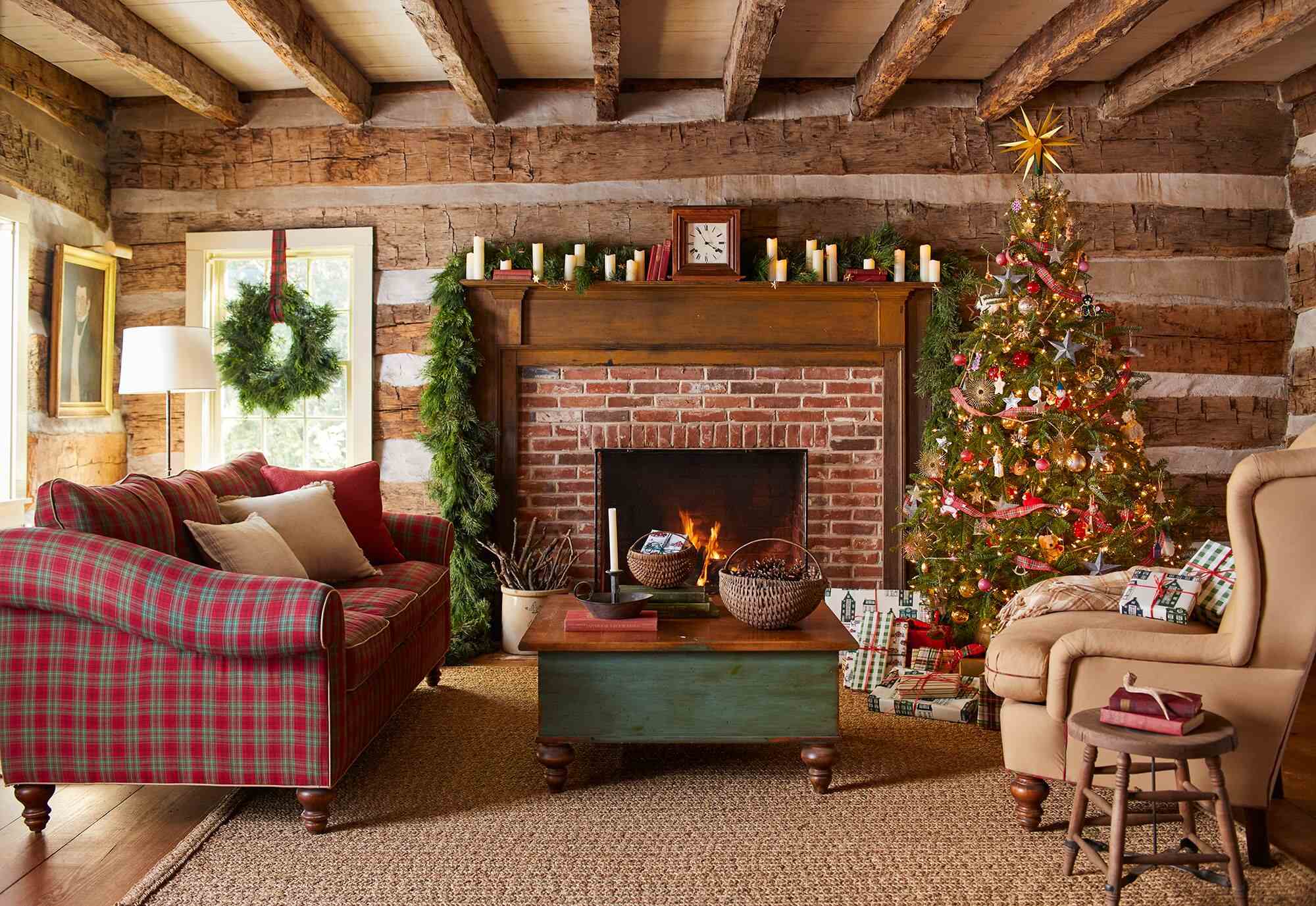
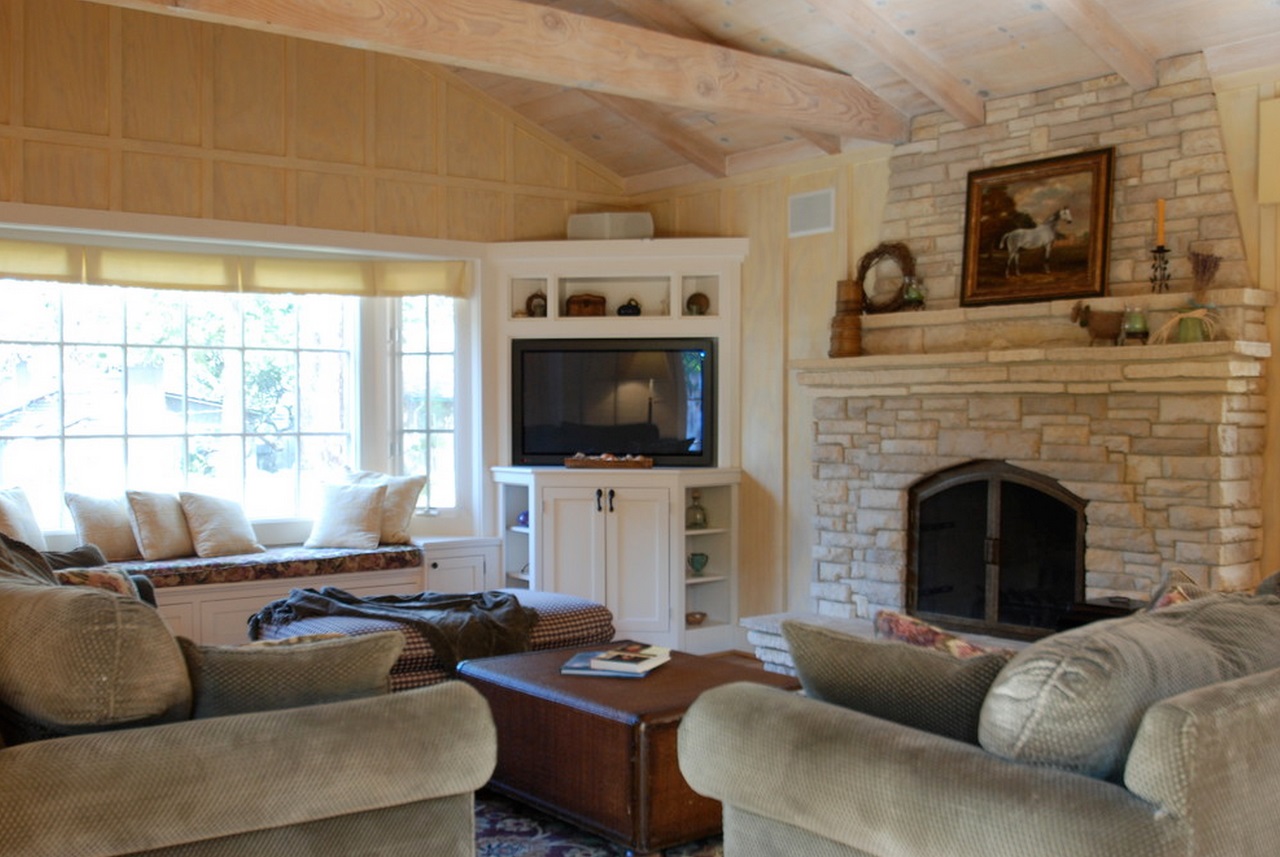
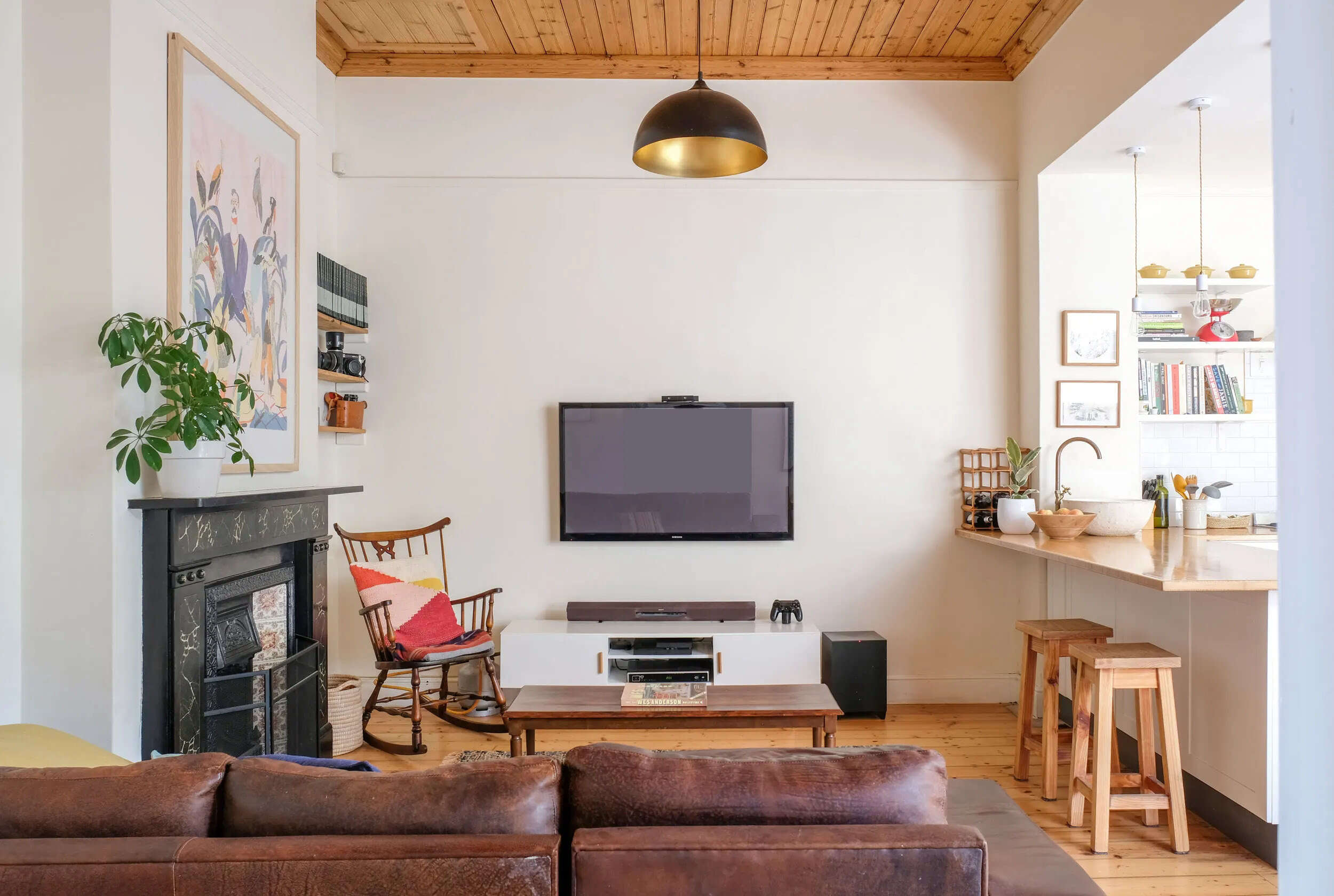
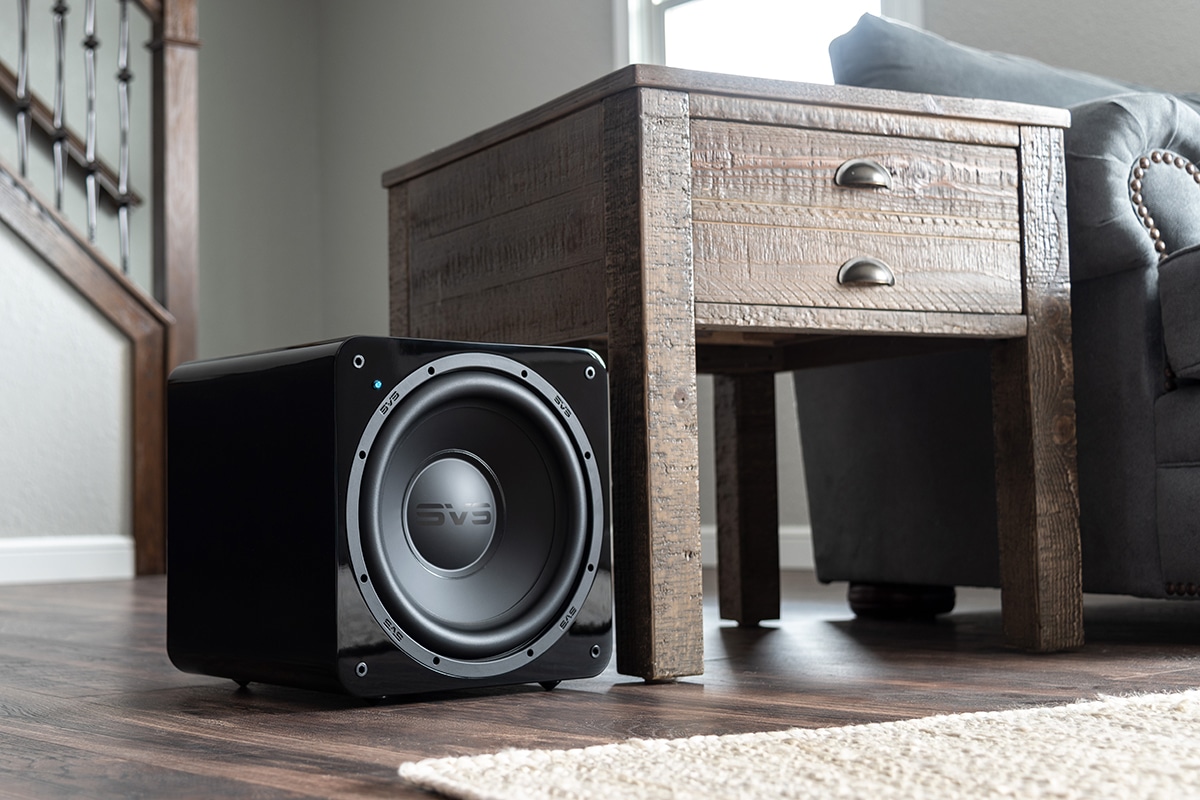
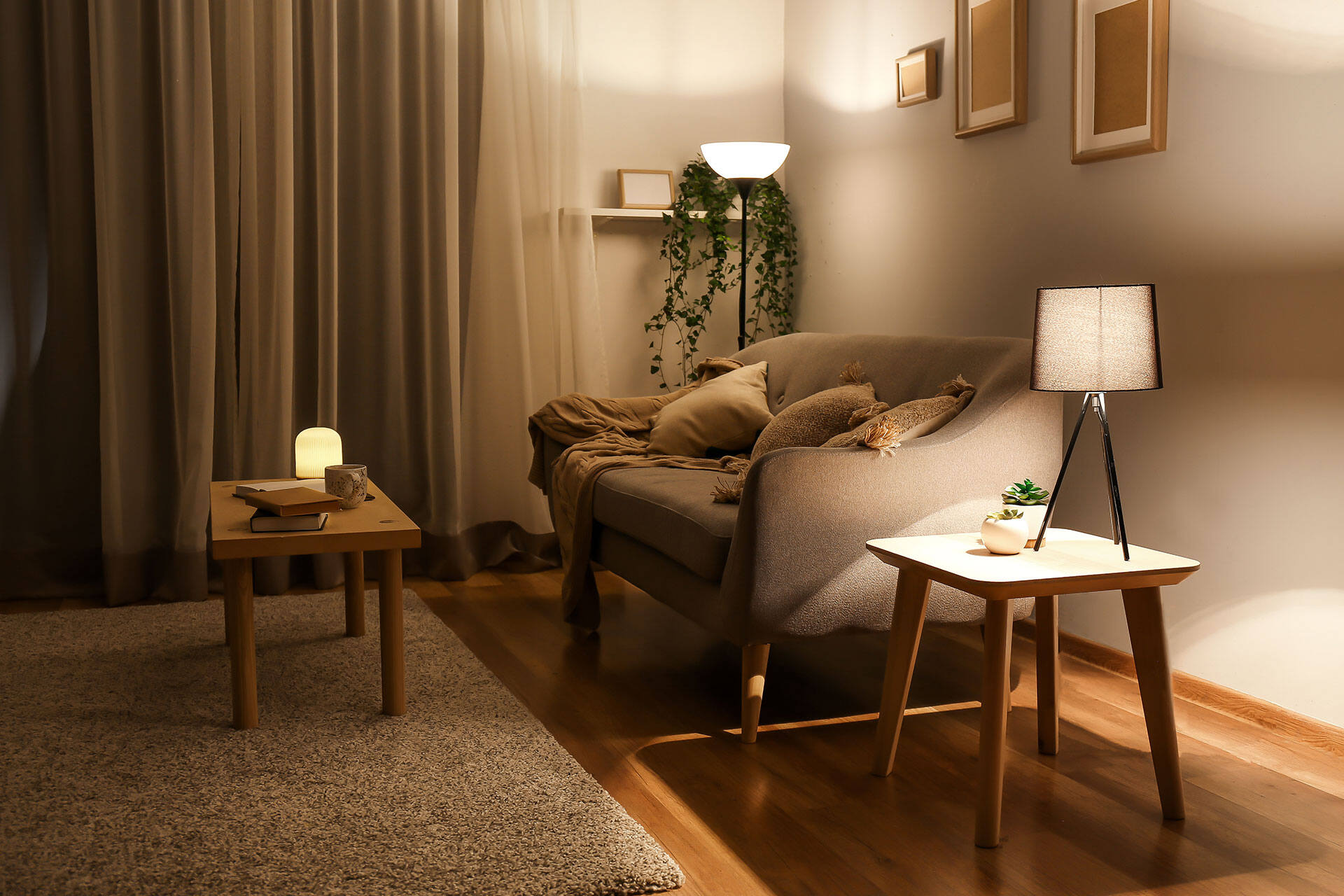
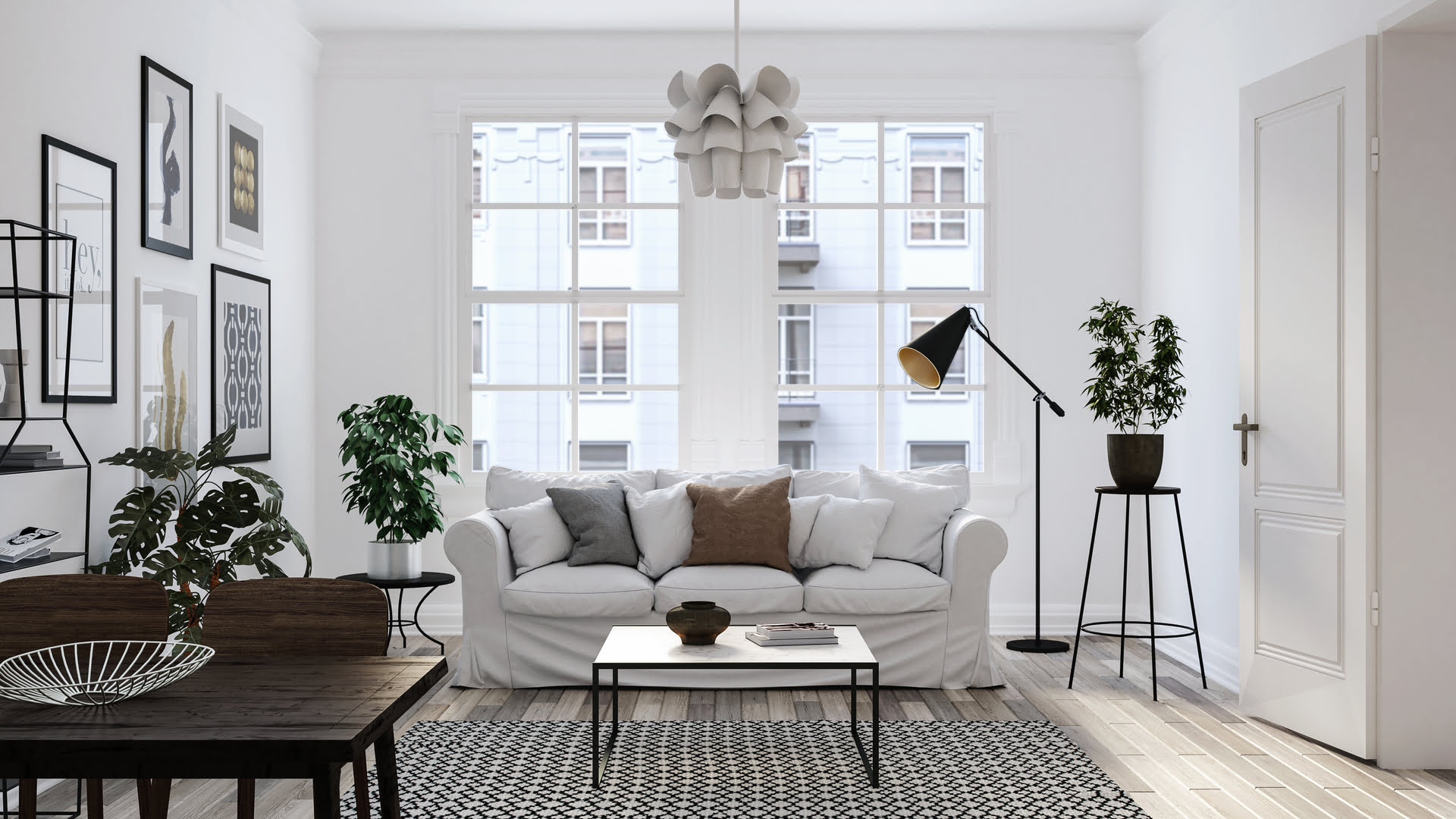
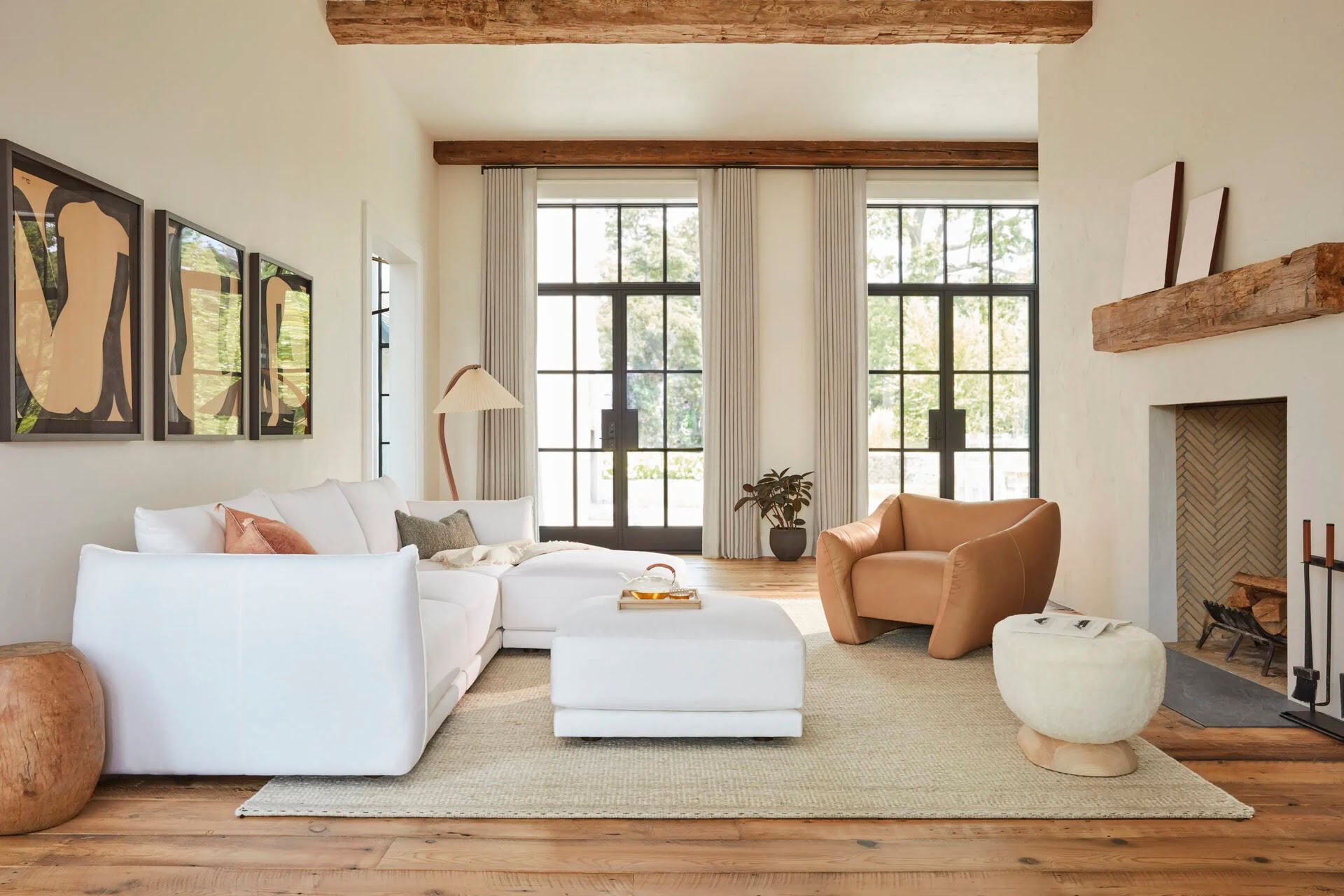

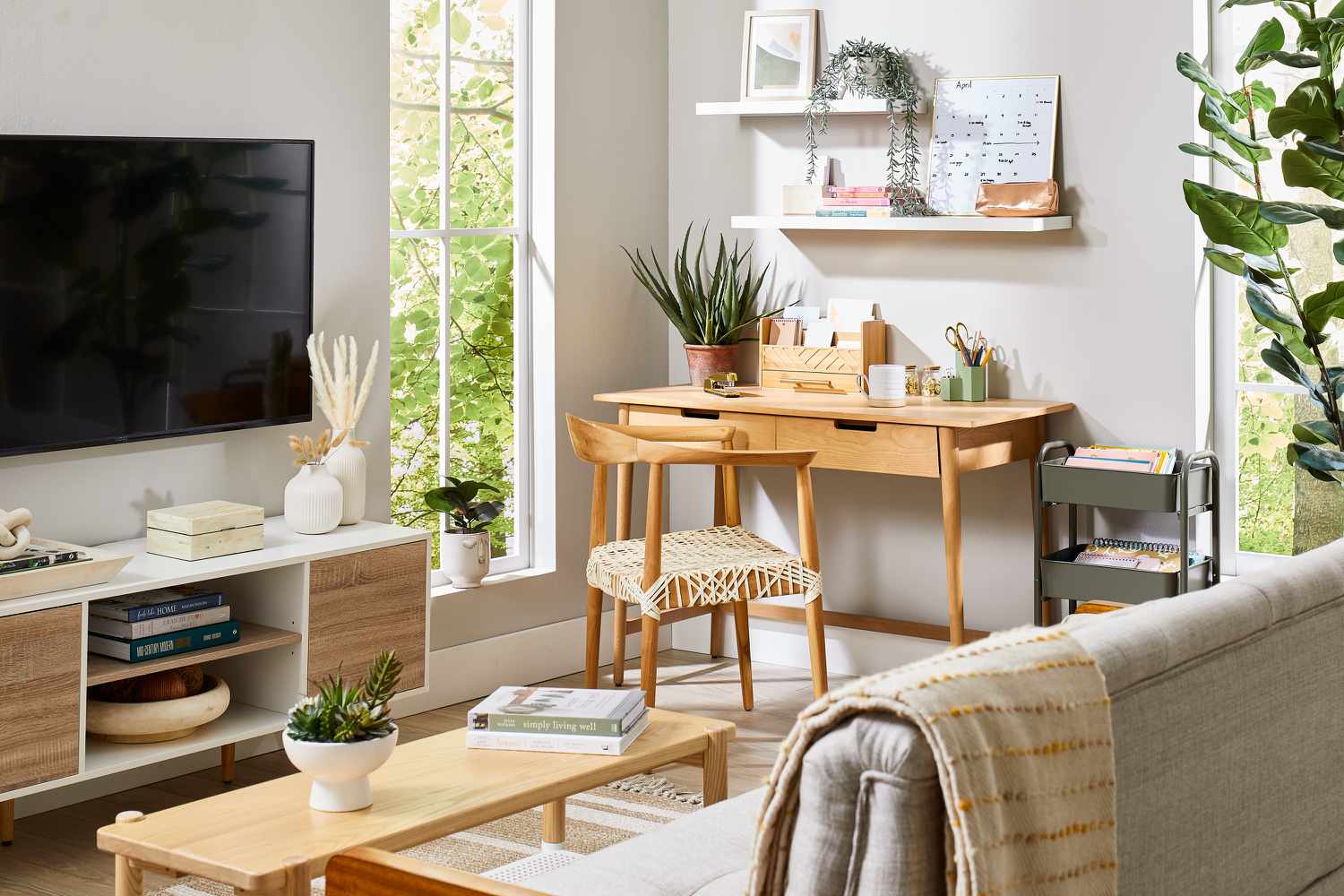
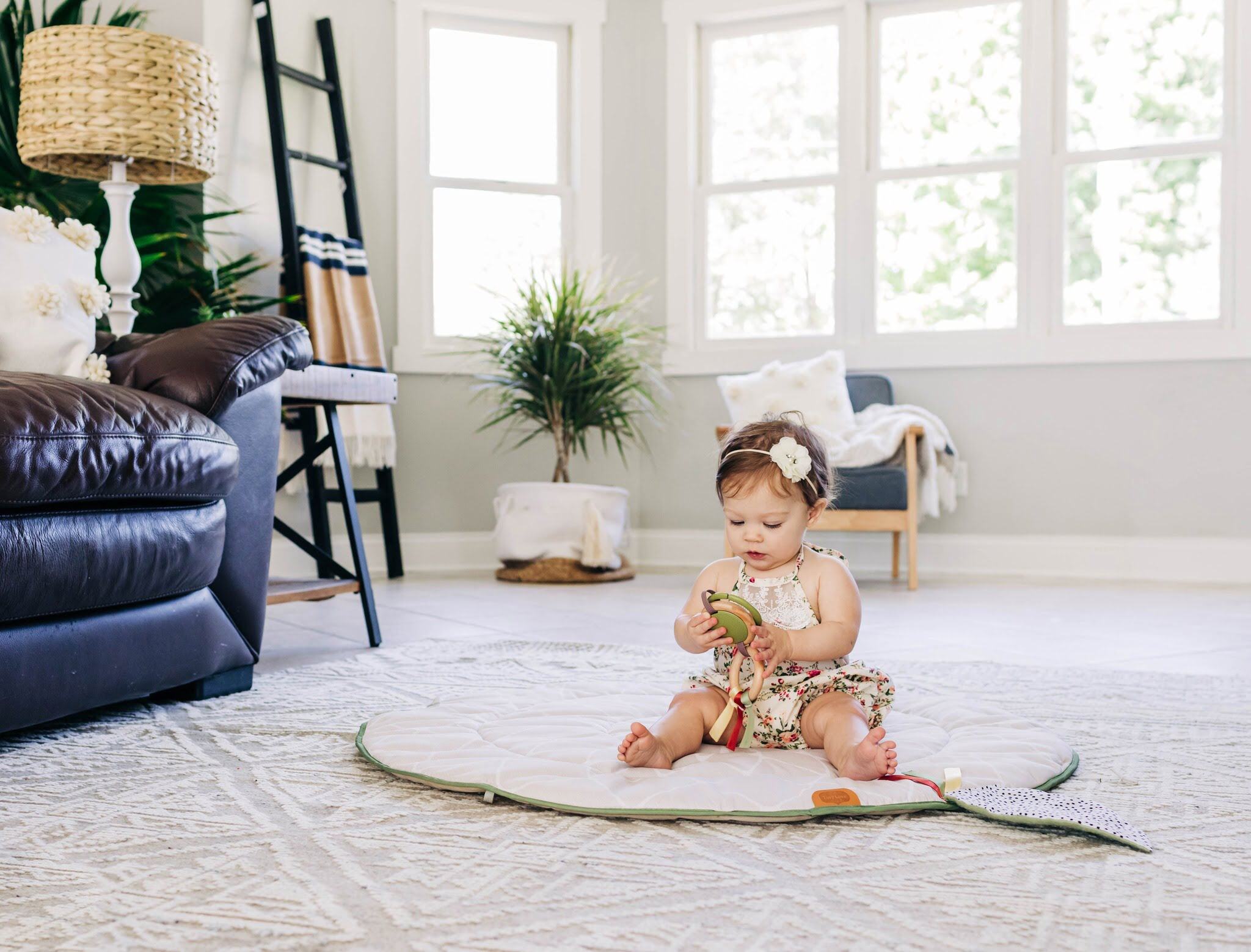
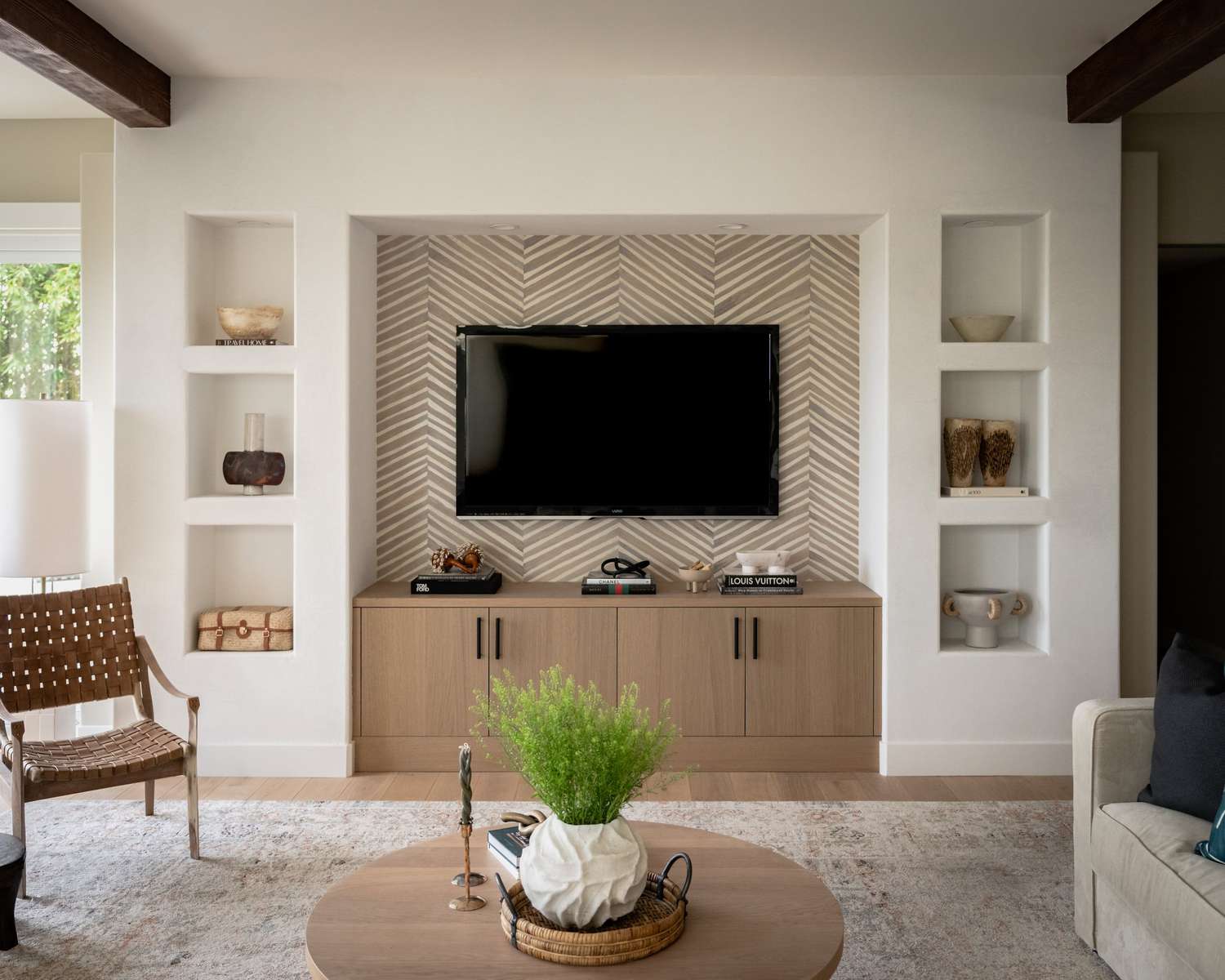
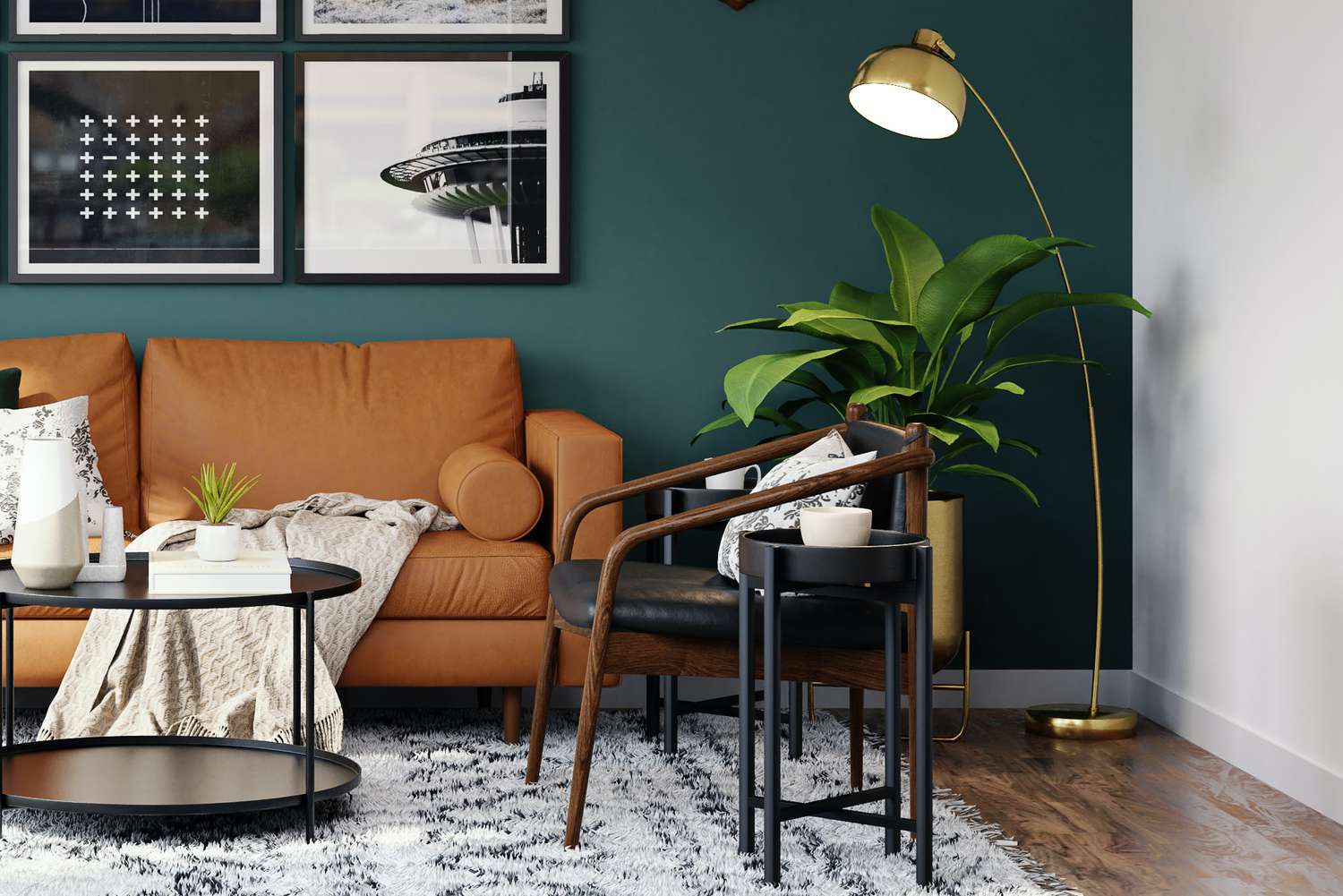
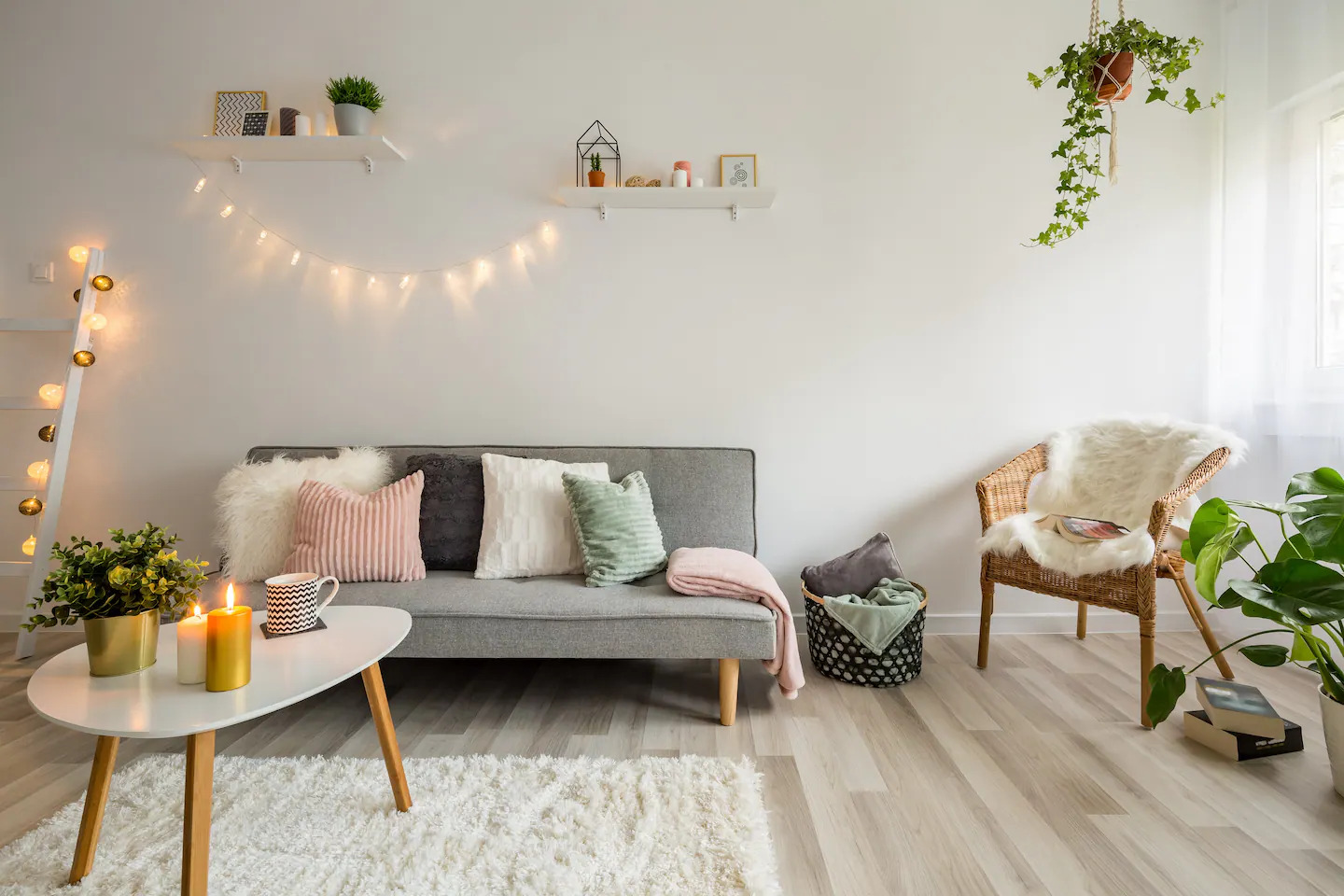
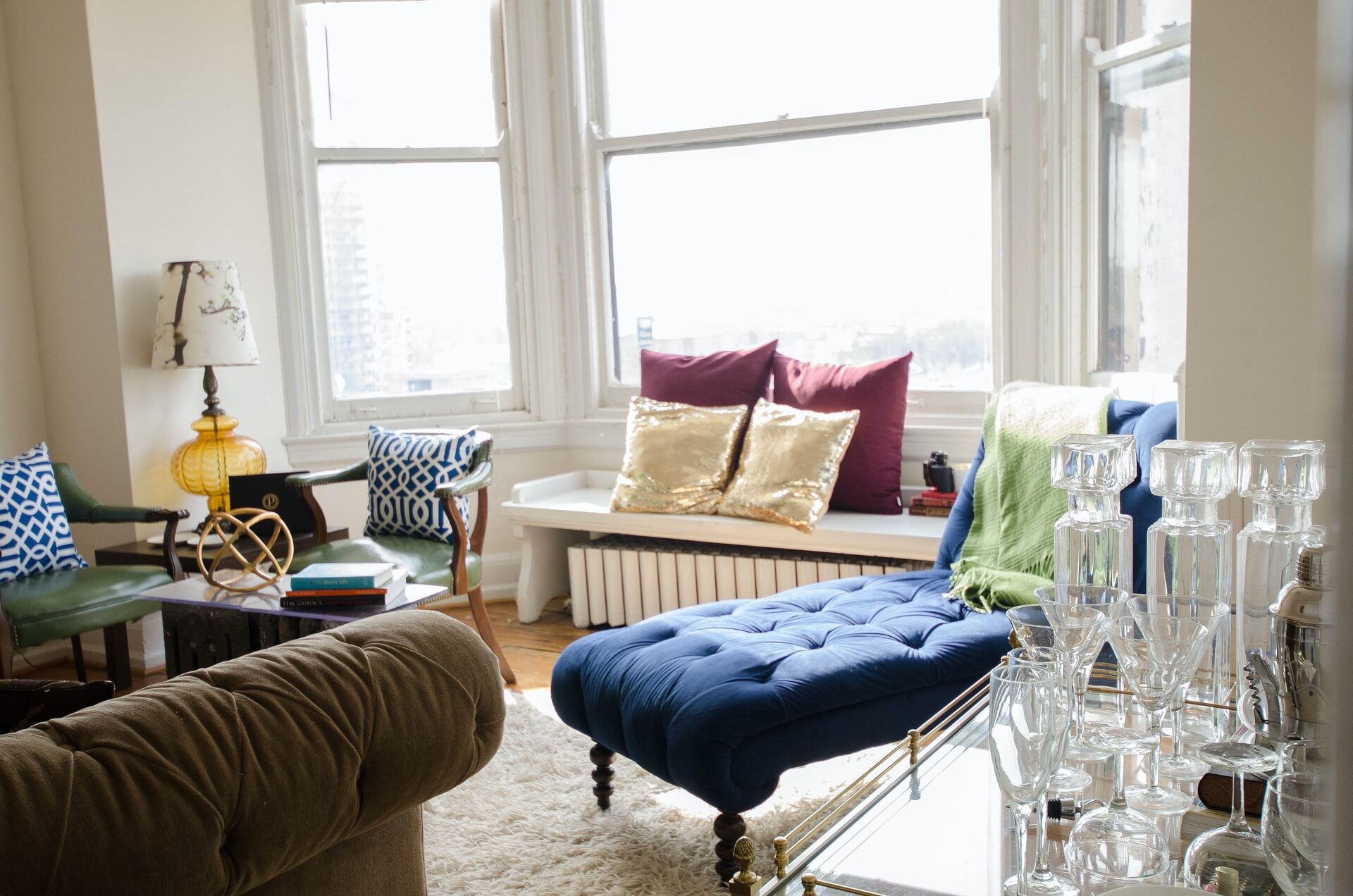

0 thoughts on “Where To Put A TV In A Small Living Room”